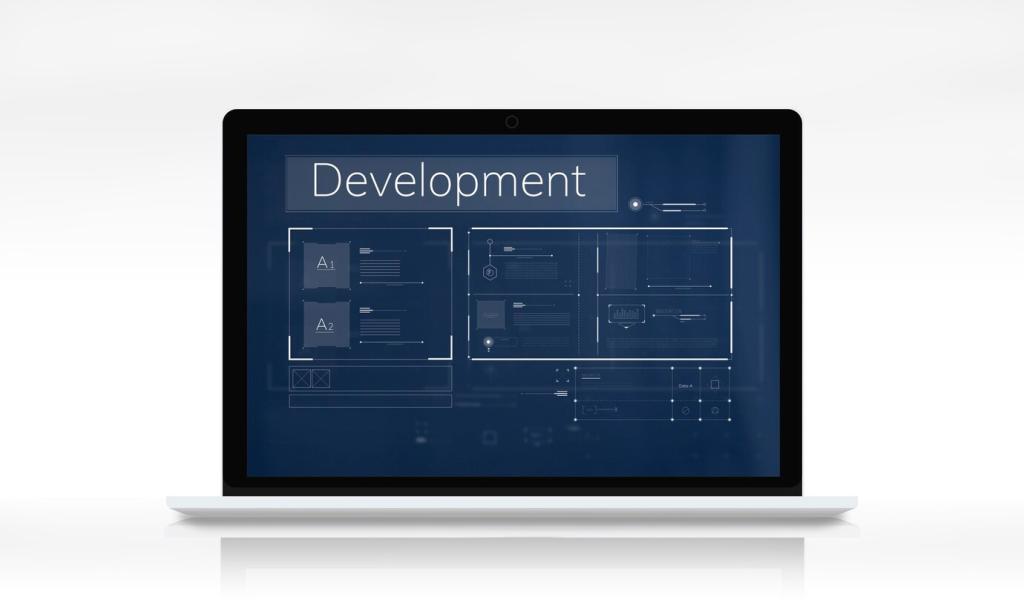Data Breaches: What You Need to Know
How Data Breaches Actually Happen
A tired payroll clerk approves a fake invoice after a convincing email, reusing an old password that was already leaked. That single decision opens a door. Training helps, but so does empathy, good defaults, and simple guardrails. Share a close call you faced, and tell us which habits helped you catch it.


How Data Breaches Actually Happen
Unpatched software, exposed databases, and default credentials are still top culprits. A misconfigured cloud bucket or forgotten admin panel can quietly leak data for months. Start with updates, strong authentication, and inventory. Comment if you want a step-by-step checklist, and we will send a practical, printable version to subscribers.


Your First 24 Hours After a Breach
Isolate affected accounts and systems, rotate credentials, and disable suspicious sessions. Change access tokens and revoke unnecessary permissions. Document every step, even rough notes, because memory blurs under stress. Tell us what tools you already have, and we will suggest a minimal triage checklist tailored to your environment.
Your First 24 Hours After a Breach
Do not wipe logs or rebuild systems before preserving forensic data. Capture timestamps, IPs, alerts, and screenshots. Internally, state facts without speculation to prevent rumors. Externally, acknowledge impact and next steps. Want a simple incident-notes template? Subscribe and reply “template,” and we will send the exact fields we use.
Everyday Protection You Can Start Today

Use a password manager and long passphrases, avoid reuse, and turn on multi-factor authentication. Consider passkeys where available for phishing-resistant login. Pick one account today and upgrade it. Tell us which site still gives you trouble, and we’ll publish a quick guide for setting up stronger sign-in there.
Guidance for Small Businesses and Teams
Write a one-page playbook: who decides, how to reach each other, where logs live, and which systems are crown jewels. Print it and keep an offline copy. Want our fill-in-the-blank template? Subscribe and request the “one-page IR plan,” and we’ll send an editable version you can adopt today.
Guidance for Small Businesses and Teams
Map what you store, where it lives, who can reach it, and why. Apply least privilege and remove stale accounts quarterly. An intern should not have the keys to payroll. Tell us your top three systems, and we’ll suggest a simple access review cadence you can actually maintain.
Laws, Notifications, and Ethics
What truly counts as a breach
A breach usually involves unauthorized access or exposure that threatens confidentiality, integrity, or availability of data. Definitions vary by law and contract. When unsure, assume people deserve clarity and help. Interested in a plain-English glossary? Comment “glossary,” and we will compile one with examples you can reference.
Who needs to know and when
Some regulations require rapid notice, sometimes within seventy-two hours, to authorities or affected individuals. Timelines depend on impact and jurisdiction. Document your reasoning and decisions. Want a notification flowchart that avoids legal jargon? Subscribe and we’ll send a visual guide to help you decide, step by step.
Communicating with empathy and precision
People want to know what happened, what it means for them, and what you are doing now. Avoid blame, share specifics you can confirm, and provide concrete next steps. Post a draft message below, and we’ll suggest edits that balance transparency, privacy, and calm, without adding unnecessary fear.




Join our mailing list
